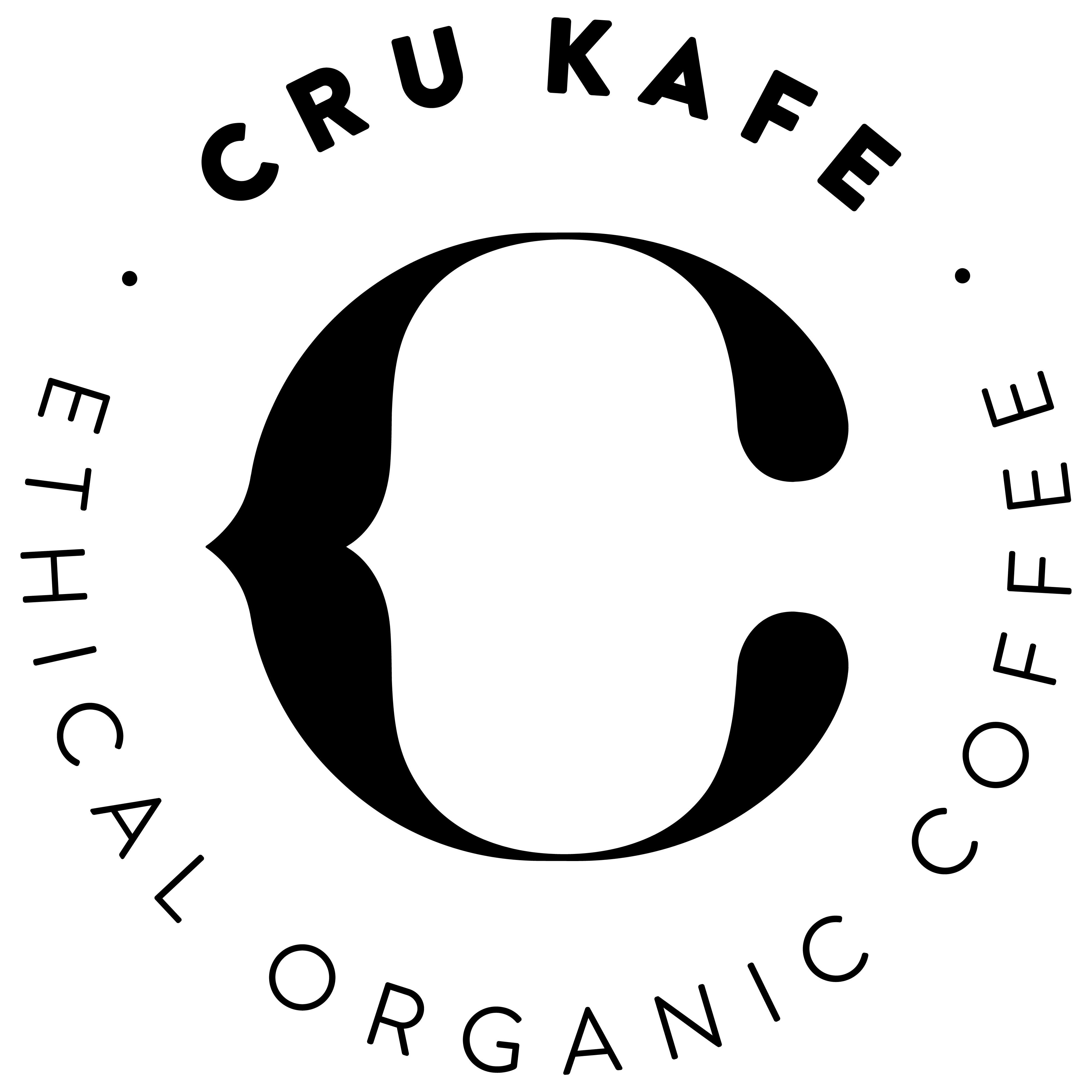One of our last stops on our Colombia trip was Icho’s farm, an 120-hectare coffee plantation which is part of the Tyronaca CoOperative, specialising in both Fairtrade & Organic coffee production. As a third generation coffee farmer, Icho still implements many of the same systems and procedures that his Grandfather employed before him, and as such is an expert in the processing of coffee from cherry to green bean. In fact, the main reason for our visit was to get a first hand taste of both the washing and the drying of the coffee bean - something that, I confess, I’d never seen before.
Now, there are two main ways you can process coffee, and that’s ‘washed’ and ‘unwashed’. For Icho, the only method worth its salt is the former, but in an industry of winnowing, pulping and mucilage, what does that actually mean? In short, both terms describe the process from extracting, washing and drying the coffee beans from the coffee cherry, which can be broken down into the following steps:
Step I - Picking The Fruit
First things first; you’ve got to go out and pick yourself some coffee. Now, the coffee cherry is composed of an outer skin, soft fruity flesh (mucilage), parchment (the hull that envelops the bean) and silver skin (a thin layer of 'chaff' that hugs the bean) - all of which need removing before we can roast and grind the bean itself. In terms of size, a regular size coffee cherry is similar to a blueberry; with its size varying from plant to plant in much the same way.

Step II - Washing (Icho’s method)
Now, the main difference between washed and unwashed is in how much of the coffee cherry we remove before we start drying the fruit out. With the washed method (as we’ll see below), as much of the cherry is removed as possible before drying, whereas the unwashed method relies entirely on heat to separate the cherry from the bean.
After picking, the ripe cherries are put through a ‘pulper’ which starts the process of separating the pulp away from the bean, leaving the mucilage and parchment intact. The beans are then left to ferment for 1-2 days in a vat of water, during which an important reaction of yeast and bacteria occurs that breaks down the sugars in the mucilage - producing acids which will later add complexity and depth to the coffee. The coffee is then transferred into a long trough of water, where as much of the fermented remains are washed off as possible.
Step III - Drying
After this washing, the beans are set out on large patios or stretched cloth, where the coffee must dry for several days under the Sierra Nevada sun in order to reach an optimal moisture content (around 11%). As this happens, the beans shrink slightly in size, which means its much easier to remove the lasting remnants of silver skin and parchment before it’s ready for storing, before roasting.
Now, this process usually takes about 1-2 days for washed beans, but the same can’t be said for the unwashed process. As the fruit hasn’t been removed from these beans, the process takes considerably longer and can actually be anywhere up to 4 weeks to reach the sweet spot of 11%. During this time, the beans are more prone to spoiling, either from over-drying - where they become brittle and burnt, or from mould and rot forming if the fleshy part of the cherry isn’t dried away quickly enough.

How does this affect taste?
When thinking of taste, the preferred method is usually washed since it gives a truer reflection of the bean itself, allowing the brighter, clearer and more acidic notes to shine - whereas the unwashed process masks a lot of these finer notes of the bean, producing heavier, more earthy flavours that are punchier in weight. Either way, taste is entirely subjective and it’s up to you to find out what you prefer – we aren’t here to tell you what to drink (as long as it's CRU Kafe, of course).
Why doesn’t everyone wash their coffee?
As you may have guessed, the choice of washing or not most often comes down to the resources available to the farmer and the every-present constraints of time, space and money - for without the need for water and specialised equipment, the unwashed process is much cheaper, even if it does carry with it a much higher risk of rot and spoilage. For Icho, the pulper and machines he uses are only really possible through the Fairtrade & Organic premiums he’s paid for his coffee - but many other farmers just don’t have access to these options.


